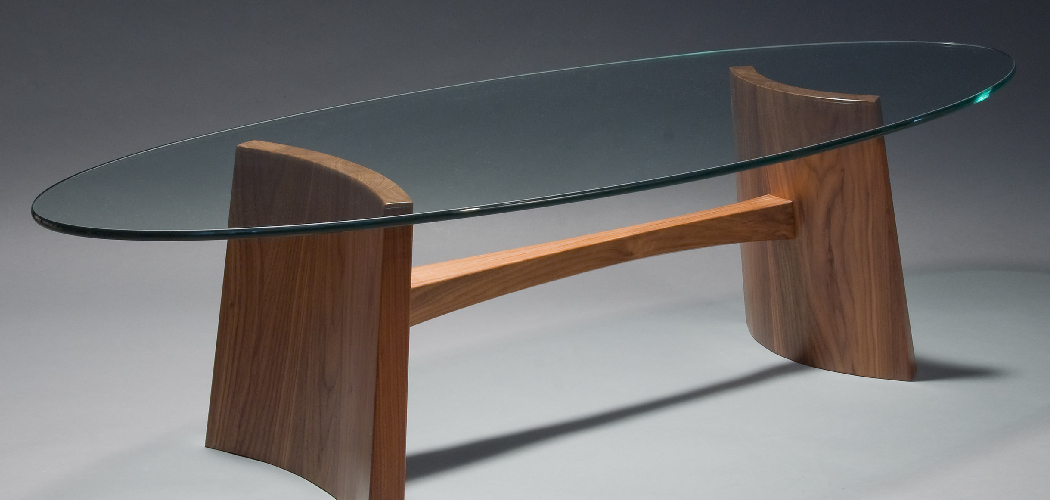Are you looking for a unique piece of furniture that will add character and style to your living space? Look no further than the Labarge coffee table.
How to identify a labarge coffee table involves recognizing specific design elements and features that distinguish it from other pieces. Labarge tables are renowned for their elegant craftsmanship, luxurious materials, and timeless designs. Typically, these tables feature intricate details, such as gilded finishes or hand-painted accents, that reflect a blend of traditional and contemporary styles. High-quality glass and metal are often used, contributing to their distinctive and sophisticated look.
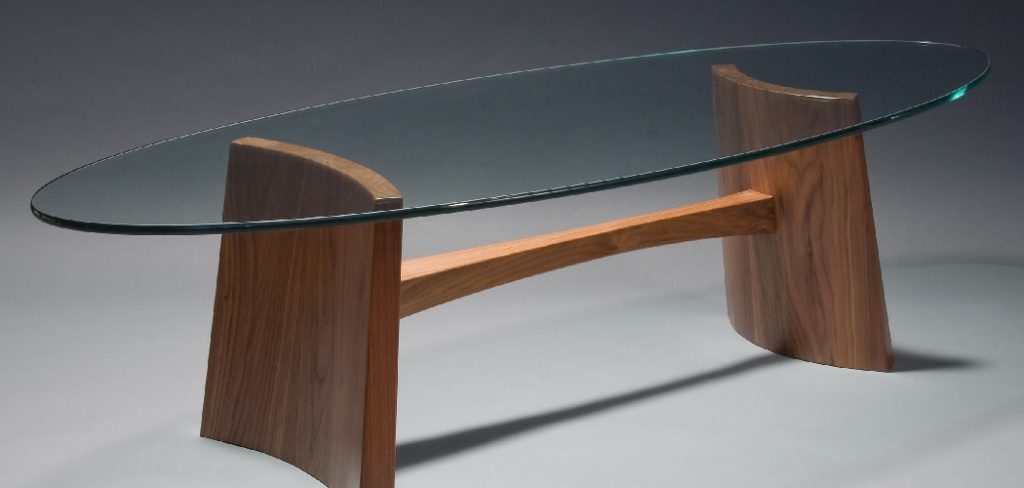
Recognizing these characteristics can help collectors and enthusiasts accurately identify a Labarge coffee table, ensuring that they are investing in an authentic and valuable piece of furniture.
What Will You Need?
Before attempting to identify a Labarge coffee table, gathering some essential tools and resources is helpful. These may include:
- A Measuring Tape or Ruler: This will allow you to accurately measure the dimensions of the table, which can be helpful when comparing it to known Labarge designs.
- A Magnifying Glass: Some intricate details on Labarge tables may be difficult to see with the naked eye, so a magnifying glass can help you examine these features more closely.
- Online Resources or Reference Books: Many online databases and books feature information and images of Labarge furniture. These can serve as valuable references when trying to identify a particular piece.
Now that you have your tools and resources ready, let’s dive into the critical features of a Labarge coffee table.
10 Easy Steps on How to Identify a Labarge Coffee Table
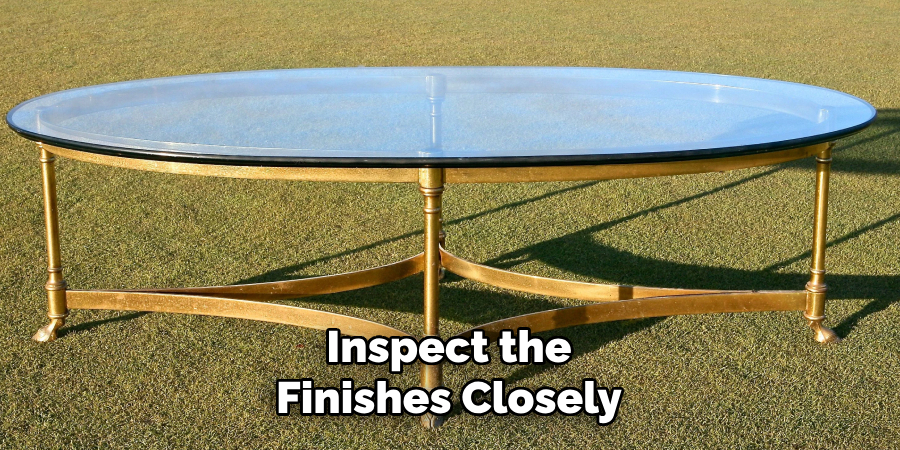
Step 1. Examine the Materials:
Look closely at the materials used in the construction of the table. Labarge coffee tables are often crafted from high-quality materials such as brass, bronze, or other metals with a rich, lustrous finish. The use of tempered glass for tabletops is another common feature, chosen for its durability and elegant appearance. Pay attention to the table’s weight as well; a genuine Labarge piece will generally have a substantial, solid feel due to the premium materials used.
Inspect the finishes closely, as Labarge is known for its attention to detail—gilded elements should appear even and expertly applied. At the same time, any hand-painted accents should reveal precise, skilled craftsmanship. Identifying these material specifics can guide you toward recognizing an authentic Labarge coffee table, setting it apart from imitations.
Step 2. Identify the Design Style:
The design style of a Labarge coffee table is a key indicator of its authenticity. Labarge pieces often blend traditional and modern elements, creating a unique aesthetic that sets them apart from other furniture lines. Look for characteristics such as ornate carvings or minimalist metalwork, often accompanied by elegant curves and architectural forms. The table may feature neoclassical, contemporary, or mid-century modern influences, each with a distinctive flair. By familiarizing yourself with these design styles, you can better identify and differentiate a Labarge coffee table from similar tables.
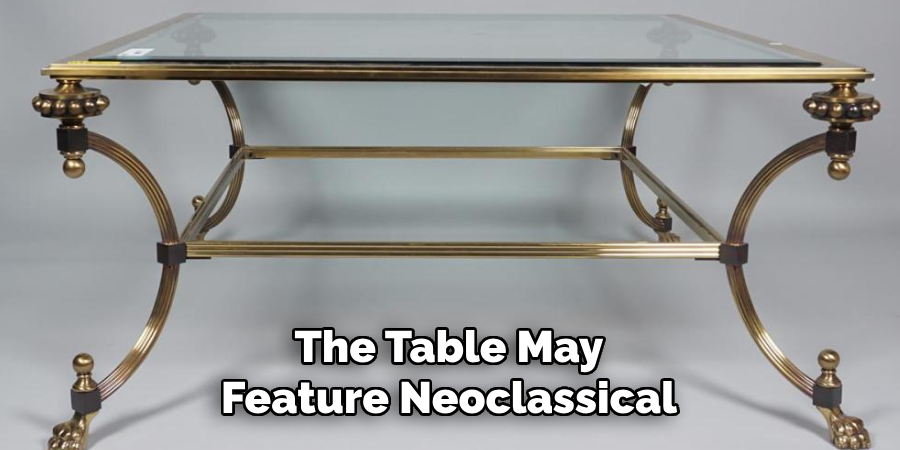
Step 3. Check for the Maker’s Mark:
Finding the maker’s mark or label is essential in identifying a Labarge coffee table. Typically, these marks are found on the underside of the table or on the edge of the frame. Look for engravings, labels, or plaques that indicate the piece is a Labarge original. The mark often includes the Labarge name, logo, or even a serial number, which authenticates the table and provides valuable information about its origins and production date. If the label appears worn or illegible, consider using a magnifying glass to help discern any faded details. Verifying the maker’s mark is a crucial step, as it confirms the table’s authenticity and adds to its provenience.
Step 4. Assess the Condition:
When identifying a Labarge coffee table, it’s essential to evaluate its condition carefully. Authentic pieces, due to their age and craftsmanship, may exhibit signs of wear such as slight patina on metals or minor scratches on the glass surface, which are typically considered acceptable and can even add character to the piece. Check for any repairs or modifications that may have been made over the years, as these could affect the table’s value.
Carefully examine all joints and connections—any looseness or instability might indicate poor repairs or replacements. Authentic Labarge tables should exhibit solid construction, and any imperfections are usually consistent with their vintage nature rather than defects that detract from their overall worth.
Step 5. Pay Attention to the Craftsmanship:
One of the hallmarks of a Labarge coffee table is the exquisite craftsmanship evident in every detail. Look closely at the table assembly, particularly the joints and connections. Labarge tables are known for their seamless construction and precision in detail, with no visible gaps or misalignments. Examine any carvings, inlays, or embellishments, as these features should reflect skilled artistry.
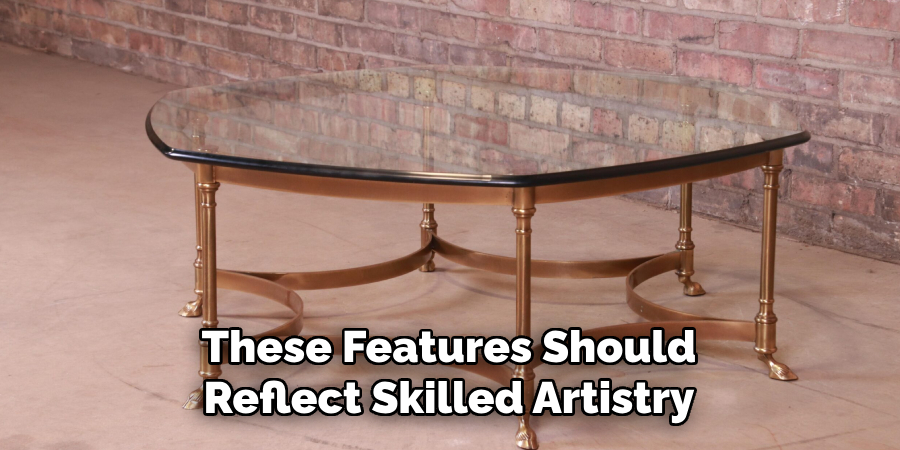
The paint or finish should be uniformly applied, showcasing consistency and an expert touch. Authentic Labarge pieces often include hand-finished elements unique to each table, ensuring no two pieces look identical. Observing the craftsmanship will help identify a genuine Labarge table and appreciate the artistry that defines its timeless appeal.
Step 6. Consider the Provenance:
Understanding the provenance of a Labarge coffee table can offer additional insights into its authenticity and history. Provenance refers to the documented history of the piece, including previous ownership and any significant events related to the table. Gather information from auction records, estate sales, or family histories that might accompany the table if possible.
A well-documented provenance can significantly enhance the table’s value and allure, providing a richer narrative of its existence. Keep an eye out for any certificates of authenticity or documentation that may have accompanied initially the piece, as these also serve as helpful verification tools. By considering the provenance, you build a more complete profile of the table and appreciate its journey through time and its place within the broader context of collectible furniture.
Step 7. Consult with Experts:
If you still need to learn about the authenticity or value of a Labarge coffee table, consulting with experts can provide valuable insights. Reach out to antique appraisers, furniture historians, or specialists in modern and vintage design who have experience with Labarge pieces. These professionals can thoroughly analyze the table’s characteristics, craftsmanship, and condition, offering a more precise valuation based on their expertise. They can also help verify any documents related to the table’s provenance and provide guidance on how best to maintain or restore the table, if necessary.
Step 8. Trust Your Instincts:
Remember to trust your instincts after thoroughly examining your Labarge coffee table and gathering as much information as possible. Your intuition, informed by the knowledge you’ve acquired through previous steps, can play a crucial role in determining authenticity and value. Pay attention to how the table feels regarding weight and balance, as genuine pieces will often have a distinctive quality that aligns with their craftsmanship and design.
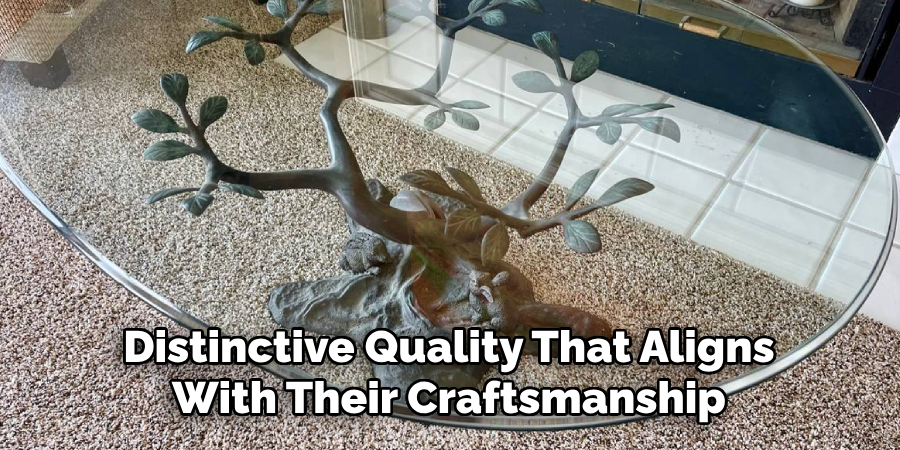
Consider your connection to the piece and whether it resonates with your aesthetic sensibilities. Sometimes, a Labarge table’s inherent beauty and timeless appeal are best appreciated by the heart as much as the mind. Ultimately, while supplemented by expert advice and evidence, trusting your instincts can lead to a satisfying and rewarding decision regarding your Labarge coffee table.
Step 9. Make an Informed Purchase:
Now that you’ve thoroughly examined all aspects of the Labarge coffee table, it’s time to make an informed purchase decision. Weigh all the information you’ve gathered regarding authenticity, condition, craftsmanship, provenance, and expert opinions. If you’re purchasing the table from a seller, don’t hesitate to ask for any additional information or clarification on points that may still be unclear.
Confirm any price, shipping, or delivery agreements beforehand to avoid misunderstandings. Consider the table’s potential as an investment piece, factoring in its historical value and your own interest in Labarge designs. Remember that owning a piece of collectible furniture is not just about financial value—it should also bring you satisfaction and joy.
Step 10. Care and Maintenance:
Once you have acquired your Labarge coffee table, proper care and maintenance will ensure its continued beauty and value over the years. Regularly dust the table with a soft, dry cloth to prevent the buildup of dust and dirt, which can scratch or dull the surface. Use coasters or placemats to protect the tabletop from potential stains or heat damage caused by hot beverages or serving dishes.
Avoid harsh chemicals or abrasive cleaners, as these can damage the finish and compromise the table’s integrity. Instead, opt for gentle, wood-safe cleaning products tailored for antique furniture. Consider occasionally applying a high-quality wood polish to preserve any wooden elements’ luster. Routine inspection of the table’s joints and hardware will help you address any minor issues before they become significant problems.
By following these ten steps, you can confidently navigate the world of Labarge coffee tables and make informed decisions when purchasing or caring for one.
Conclusion
How to identify a labarge coffee table requires a blend of knowledge, keen observation, and a little bit of detective work.
An accurate determination can be made by systematically examining the craftsmanship and unique design elements, recognizing hallmark features, and consulting provenance. Experts can offer guidance when needed, adding an authoritative layer to your findings. Ultimately, trusting your informed instincts, asking the right questions, and giving the piece proper care and maintenance will not only aid in verifying authenticity but also preserve the beauty and heritage of a Labarge coffee table for years to come.
Whether you’re a seasoned collector or an enthusiastic newcomer, these strategies ensure a rewarding journey into the world of collectible furniture.
